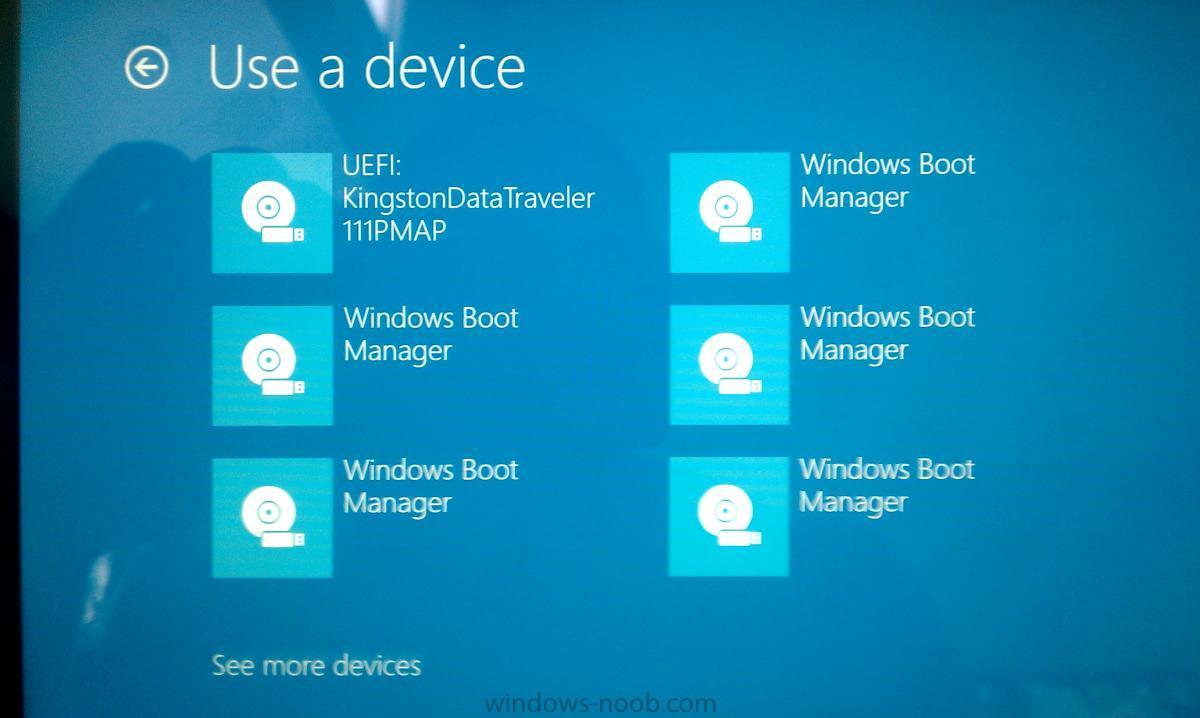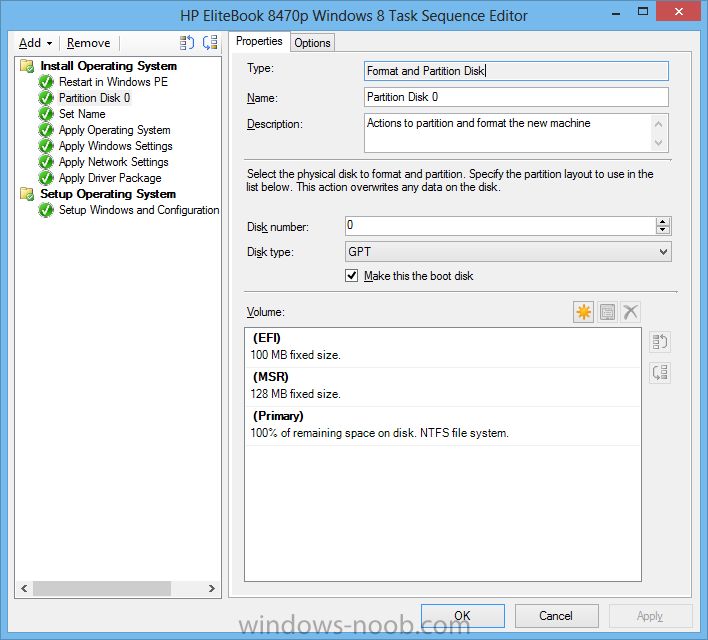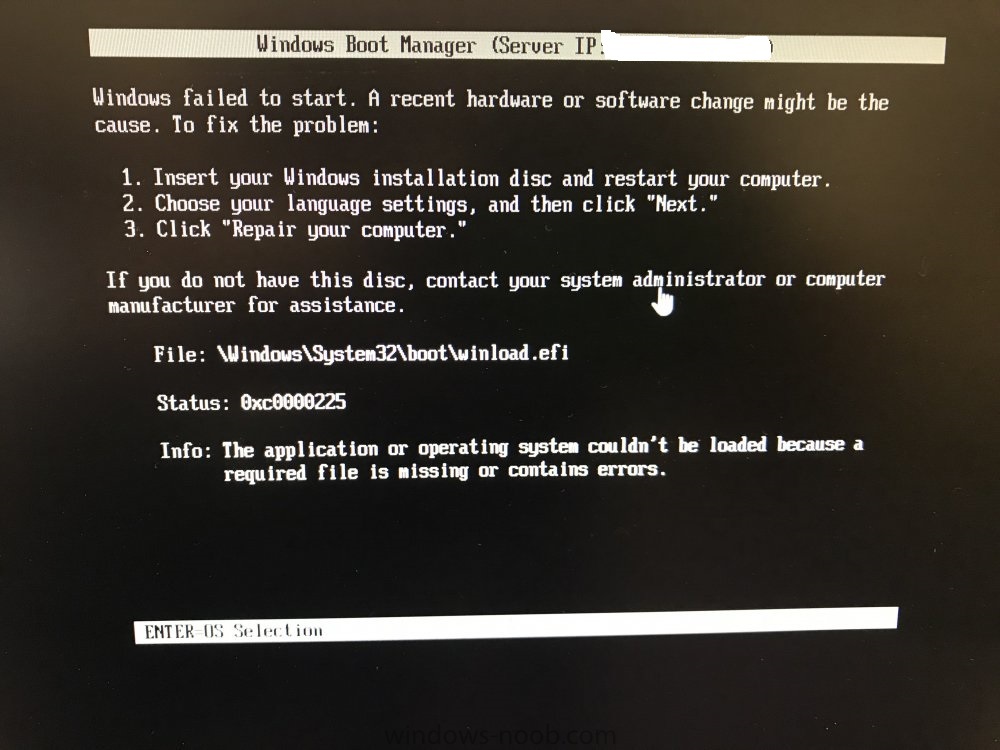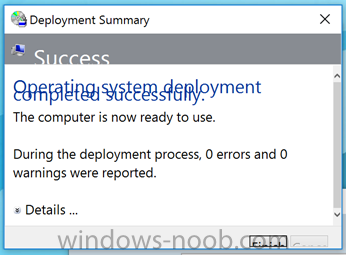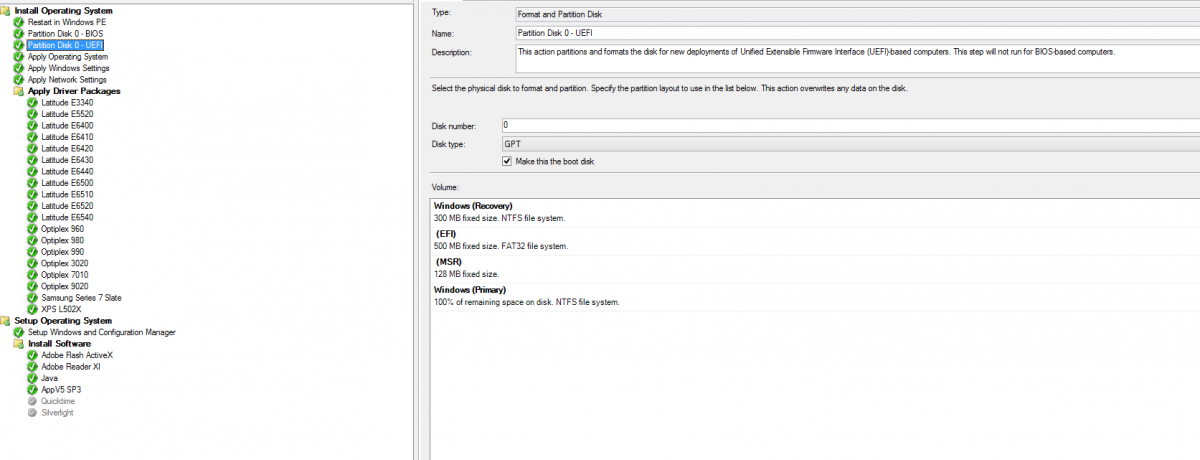Search the Community
Showing results for tags 'UEFI'.
-
Hello, Im a bit of a newbie to SCCM so hear goes; I am trying to deploy Windows 8 64 bit to a HP 8470p laptop using UEFI. The build is failing on an error code of 80004001 or (0x80004001) I have attached a screen shot of the task sequence editor that I am using at the bottom of the page....
-
I am new to Task Sequence. I am working on a task Sequence to convert BIOS (Legacy) mode systems to UEFI mode systems (Dell Laptops)(SCCM with MDT) . Can some share a task sequence to do so or share your experience to do so. Actually my requirement is to add these steps for PXE OSD win 10 1607 task...
-
The text in the final summary screen in the OS appears jumbled on High DPI systems due to Win10 auto-scaling to > 100%. Down-scaling isn't an option because the text would look too small on high res systems. There was a myITForum post about this a few weeks ago: https://www.mail-archive.com/...
-
I'm trying to set up a task sequence to deploy Windows 10 via PXE to both UEFI and BIOS clients. We have SCCM 2012 SP2 CU4 running on Server 2012 (not R2), with WDS 6.5.9200.16384, ADK 10.1.14393.0, and MDT 6.3.8443.1000. It's s single site and single server. PXE booting to BIOS clients...
-
have a situation where at a couple of sites that if you configure the machine for UEFI and attempt to PXE boot it only works the first time. Though if you take the computer to a different VLAN it will again PXE boot one time, but subsequent PXE boots fail. However if you configure the computer for...
-
I have SCCM deploying Windows 8.1 via a task sequence using x64 boot image but it only works when i set BIOS to legacy. This is an issue as we have some newer PCs which use TPM 2.0 and require UEFI. When i change bios to UEFI, i cannot PXE boot. I get the message 'Start PXE over ipv4' then it m...
-
Hi, I have upgrade my environment (one primary server 7 distribution point, all server are server 2012 R2 standard) to Version 1606 Console version: 5.08412.1307 site version 5.0.8412.1000. Only after that my Eufi and legacy boot doesn't work any more, Error message on y distribution point is: Req...
-
OSD task sequence for adaptive BIOS/UEFI support
frhell posted a topic in Configuration Manager 2012
Hi to all... With SCCM 2012R2 in OSD enviroment it's possibile to create a unique task sequence with adaptive support for BIOS and UEFI machine? Thanks in advance. -
Hello I currently have a working task sequence for non UEFI machines it currently provisions a bitlocker space and depending if its a laptop or desktop enables either bitlocker with pin or just bitlocker No matter what I do I cannot seem to get a UEFI version to work in the task sequence. I have...
-
Hi, We having been deploying Surface devices for sometime now using SCCM R2 SP1 CU3, followed the guides posted here, and have had good luck with these for sometime now. We recently however had to warranty a few surface pro 3 devices for our users, and we are having alot of trouble getting thes...
- 5 replies
-
- partitioning
- UEFI
-
(and 2 more)
Tagged with:
-
Hi, I've been reading a lot on these forums the last couple of weeks, mostly regarding SCCM etc, but at the moment I've got an issue I haven't been able to wrap my head around. We're using a standard win 2k8 r2 domain environment. This environment used to contain a server with MDT 2010 and WDS...
- 20 replies
-
Have a slight problem when trying to PXE boot a UEFI system. I can get it to PXE but then get it looping saying its looking for a boot image. I've made sure the boot images are copied to the DP and are enabled to deploy from PXE DP. The server is a server 2012 R2 DP so presume that wouldn't be an is...
-
Hello, Our School District is wanting to move to UEFI/Windows 7 environment. We are having problems laying down a Windows 7 x64 image using UEFI pxe boot. I think it has to do with the way we are partitioning the disk but I am not sure what I need to change. I have attached a copy of our s...
-
Virtualize Win8.1: BIOS + MBR Physical Partition > to > WIM Image > to > UEFI GPT VHD Virtualizing Win8.1 from BIOS + MBR Physical Partition > to > .WIM Image > to > UEFI GPT .VHD Sometime last year I found out about Native boot VHDs and tried to go that way for good. There were some issues...
- 3 replies
-
- biosmbrwimimagegpt
- uefi
- (and 4 more)
-
When we push out ANY of our images we've created with SCCM - it's hit or miss if the client will talk with SCCM properly. The client gets installed, the software center has our custom text on it, all the actions show up on the control panel on the client, everything looks absolutely normal, except...
- 3 replies
-
- client
- client type
-
(and 3 more)
Tagged with:
-
I'm fairly new to the SCCM Scene, we just received our latest PC upgrades and they all came with UEFI so i was hoping to push our company ahead a bit and take advantage of some of the UEFI benefits. So i need to know Can SCCM 2012 Image a machine that uses UEFI With windows 7? and if it can is ther...


